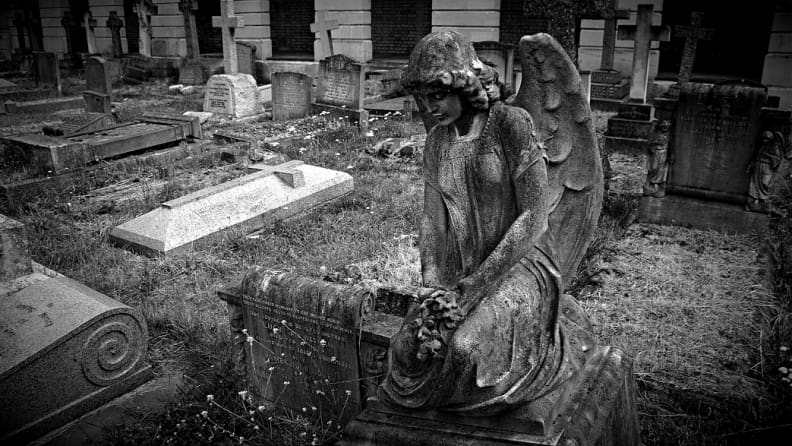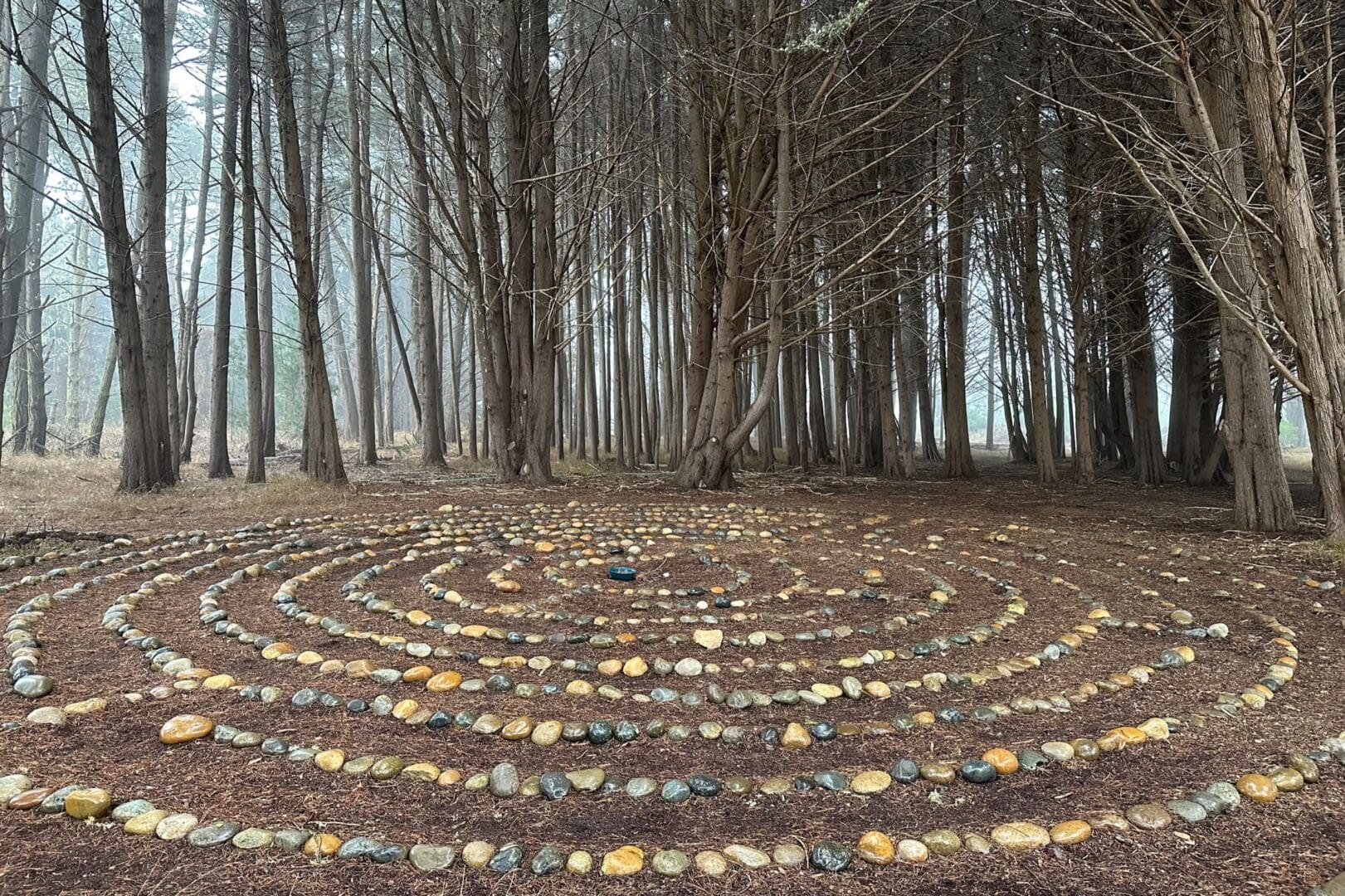Being Mortal: Medicine and What Matters in the End
By Atul Gawande, MDThis is a book about the modern experience of mortality— about what it’s like to be creatures who age and die, how medicine has changed the experience and how it hasn’t. . . . Lacking a coherent view of how people might live successfully all the way to their very end, we have allowed our fates to be controlled by the imperatives of medicine, technology, and strangers. —Atul Gawande, MD
Atul Gawande’s Being Mortal is essential reading. It is essential for all who are entering older age. For all who are who are facing serious illness. And for all who are nearing the end of life.
Gawande is a surgeon, Harvard professor, public health researcher, New Yorker staff writer, activist for improved health care, and author of four books. He was a Rhodes Scholar at Oxford and a MacArthur Fellow. An article he wrote contrasting revenue—maximizing health care versus low-cost, high-quality health care systems like the Mayo Clinic influenced President Obama’s thinking on health care. Who Gawande is shapes how he thinks, how he writes, and how this remarkable book is being received.
While our elderly population is rising rapidly, Gawande tells us that the number of geriatricians has actually fallen 25 percent in the last few decades. Geriatrics is poorly reimbursed. Geriatric departments are closing even as the need for geriatrics is rising. What this means in practical reality is there will be fewer physicians with the skills or interest to address the difficult concerns of the elderly.
These facts mean that, one way or another, our collective amnesia about our aging society is coming to a rather abrupt end. But Gawande goes far beyond who will provide elder care to make a much more fundamental point about medicine: “We’ve been wrong about what our job is in medicine. We think our job is to ensure health and survival. But really it is larger than that. It is to enable well-being. And well-being is about the reasons one wishes to be alive. . . . Whenever serious sickness or injury strikes and your body or mind breaks down, the vital questions are the same: What is your understanding of the situation and its potential outcomes? What are your fears and what are your hopes? What are the trade-offs you are willing to make and not willing to make? And what is the course of action that best serves this understanding?”
These four questions—how do you understand your situation, what are your hopes and fears, what trade-offs are you willing to make, and what course of action serves you best— are at the heart of Gawande’s approach to serious illness and end-of-life care. Of these four questions, the question about your hopes and fears—the question of what matters to you now—Is the most critical of all. Gawande does not take for granted that what we say matters at one time will be what matters in later years or at the end. He describes the groundbreaking research by Stanford psychologist Lauren Carstensen that our priorities shift dramatically depending on how much time we perceive ourselves as having.
Our driving motivations in life . . . change hugely over time and in ways that don’t quite fit Maslow’s classic hierarchy. In young adulthood, people seek a life of growth and selffulfillment, just as Maslow suggested . . . when people reach the latter half of adulthood . . . they narrow in. . . . They focus on being rather than doing and the present rather than the future. . . . Tolstoy recognized this. As Ivan Ilyich’s health fades and he realizes his time is limited, his ambition and vanity disappear. He simply wants comfort and companionship. But no one understands . . . [except] his servant Gerasim.
But where, pray tell, will the frail elderly live? Gawande traces the rise of the modern hospital as warehouses for the frail elderly. That failed experiment led to the rise of nursing homes. The failure of nursing homes in turn led to the rise of assisted living facilities. Assisted living facilities in turn have been cheapened into a shadow of their original intent by market forces.
Who makes the decisions about where elders live? Today, Gawande point out, families are scattered across the country and around the world. More and more people live alone. When people are married or partnered, most often both partners work. So the problem of what to do when older parents or relatives need extended care or assisted living is one of the most fundamental problems we face.
The hope Gawande offers is that there is a better way. But the better ways are not easy.
When it comes to medical decisions that respect what matters, the conversations take more time at the start—but frequently lead to dramatic savings and greatly improved outcomes for the patient. Simple conversations about what patients want in end-of-life care can reduce ER visits and enhance skillful decisions that fit a patient’s hopes and values. At other times, the challenges are quite heroic. It takes more time for a physician to understand what matters for a patient than to write a prescription— and physician scheduling often doesn’t provide that time. It takes more time for nursing home staff to help a patient dress than to dress him.
Then there is the end, and “[t]he conversation that we all need to have when the chemotherapy stops working, when we start needing oxygen at home, when we face high-risk surgery, when the liver failure keeps progressing, when we become unable to dress ourselves. I’ve heard Swedish doctors call it a ‘breakpoint discussion,’ a series of conversations to sort out when they need to switch from fighting for time to fighting for the other things that people value—being with family or traveling or enjoying chocolate ice cream. Few people have these conversations, and there is good reason for anyone to dread them. They can unleash difficult emotions. People can become angry or overwhelmed. Handled poorly, the conversations can cost a person’s trust. Handled well, they can take real time. . . .”
“We [physicians] are increasingly generals who march the soldiers onward, saying all the while, ‘You let me know when you want to stop.’ All-out treatment, we tell the incurably ill, is a train you can get off at any time—just say when. But for most patients and their families, we are asking too much. They remain riven by doubt and fear and desperation; some are deluded by a fantasy of what medical science can achieve. Our responsibility in medicine is to deal with people as they are. People die only once. They have no experience to draw on. They need doctors and nurses who are willing to have the hard discussions and say what they have seen, who will help people prepare for what is to come—and escape a warehoused oblivion that few really want.”
I do not fault Gawande for the book he didn’t write. He doesn’t talk about how integrative therapies can improve physical and mental health and thereby improve the chances that people may live better—sometimes extending as well as enhancing life. He doesn’t explore how intentional healing work can help people find the meaning in their lives that he clearly understands as essential to the human journey. He doesn’t say a word about environment and how fundamentally it contributes to the modern epidemics. He does, to his credit, address inequity, but he does not address the dramatic increase in inequity, nor does he say that income disparities are the single greatest predictor of health outcomes.
More to the point, while Gawande does an excellent job of describing the decline in quality of assisted living facilities, he does not do a similar appraisal of hospice. He doesn’t talk about how hospice services have been stripped to bare essentials, about the difficult trade-offs that capitated costs involve, about the greatly varying quality of hospice services, about how patients can assess competing hospice services, about the choices patients face between palliative care and hospice, or about how patients may need to navigate between hospice and palliative care to achieve the best outcomes. Again, I understand the reasons.
So let us focus on what he achieved. Gawande’s contribution is as much his art as his science. He has seen the pathology of our health care system with perfect clarity. He has understood the suffering this pathology creates with deep empathy. He has experienced this suffering himself, with his father’s cancer and with his wife’s family.
Gawande calls for a fundamental refashioning of our institutions, culture, and conversations about our last chapter. He omits mention of one formidable ally in effecting this transformation. It is no secret that the baby boomers have entered the last long (or short) chapter of their lives. Few have saved enough to ensure a safe haven. Even with expanded health coverage, healthrelated draining of savings will remain common. Even if one avoids medical bankruptcies, the cost of high-quality assisted living for the elderly and at end of life remains disastrously high. Baby boomers have transformed every stage of life they have moved through. Their final contribution may be to transform how we care for the elderly, how we redefine medical care and self-care, and how we negotiate the end of life. That is not a sure thing—but it is a possibility. And it will take a tremendous effort.
What we will see—what Gawande vividly describes— is a grand national and international experiment to solve these problems, because there is no real alternative to solving them.
Gwande awakens us from our profound cultural amnesia about elder care, end of life, and the real choices in serious illness. If you embark on this reflection, you cannot help but ask what we will need to do—because it is by definition impossible to face this passage alone. You can’t read this book without thinking about your own family, and your own community of friends and potential caregivers. And then you can’t help but ask what other communities like yours have discovered that works.
Reading Being Mortal affected me deeply. It moved me to tears. It subtly changed how I think about my own mortality. And it deepened my understanding of the work I have been doing with people with cancer for thirty years in the Commonweal Cancer Help Program. I will make Being Mortal recommended reading for all who participate in our work in intentional healing.
Don’t leave home without Being Mortal. In fact, if possible, don’t leave home. Stay in the community that gives your life meaning. And join with others to make it work. Consider the alternative.
WWW.SFMS.ORG APRIL 2015 SAN




